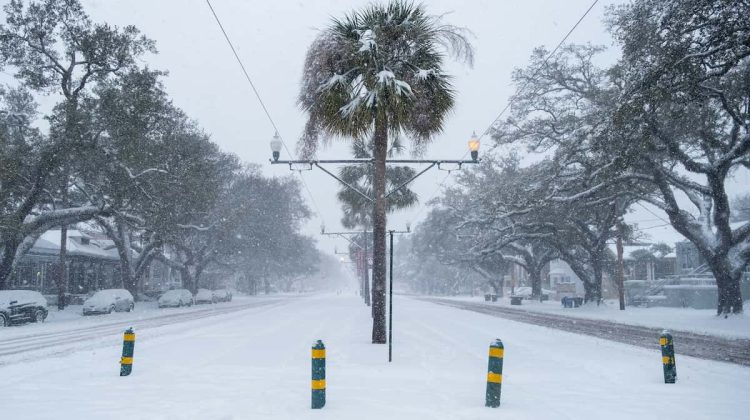There are North Carolina highways and secondary roads that span hundreds of miles, but they were not all created equal when it comes to safety. Some roads are decidedly more dangerous than others, with lethal crash rates higher than the average. By knowing where these dangerous areas are and safe driving guidelines on how to navigate them, residents and visitors can further protect themselves and other people.
How Dangerous Roads Are Identified
To determine the most hazardous roads, researchers consider several factors, such as the number of deadly wrecks, density of wrecks per mile, and road conditions. Recent studies by Wilmington personal injury lawyers at Shipman & Wright analyzed five years worth of crash data to determine the most dangerous and deadliest road stretches in North Carolina.
North Carolina’s Most Dangerous Roads
Based on recent data, the following North Carolina highways continually appear on the state’s list of most dangerous:
- I-85 – The state’s most dangerous road. This stretch begins near Little Rock Road at Charlotte Douglas International Airport and continues past W. Sugar Creek Road, near Gethsemane Cemetery and Memorial Gardens.
- I-77 – The second deadliest stretch runs from the Wilson Heights community north toward Huntersville in the Charlotte area, with 17 deadly crashes. A second I-77 stretch, tied for sixth place with 12 deadly crashes, runs from downtown Charlotte southwest to the South Carolina border.
- I-40 – Two segments in the Raleigh area are tied for sixth place with 12 deadly crashes each:
- One runs from E. Garner Road northwest toward Lake Johnson Park.
- The other is started in Cary and passes through Raleigh-Durham International Airport. These are the only top-ranked segments in the Raleigh area.
Why These North Carolina Roads Are So Risky
Dangerous roads share certain characteristics:
- Heavy traffic and congestion, which increase the risk of accidents.
- Steep curves, narrow lanes, or poor visibility.
- Fast-moving sections, in which accidents are likely to be fatal.
- Weather conditions such as fog, ice, or heavy rain.
Awareness of these elements can warn and notify drivers to be cautious and attentive in risky zones.
Tips for Staying Safe on North Carolina Roads
Regardless of whether you must travel on a risky road, you can lower your risk by following these precautions:
- Check ahead: Look at traffic and weather conditions.
- Drive defensively: Maintain a safe pace, be attentive for sudden stops, and avoid distractions.
- Keep distance: Maintain more space between your vehicle and the front vehicle.
- Be very careful at night or during adverse weather: Flash headlights and reduce speed.
- Plan your route: Whenever possible, take less hazardous routes.
Road Safety Initiatives in North Carolina
The North Carolina Department of Transportation (NCDOT) is constantly improving road safety by enhancing infrastructure upgrades, public awareness campaigns, and speed enforcement programs. Community initiatives also serve to inform drivers of the state’s worst offending areas.
Staying Safe on North Carolina’s Deadliest Roads
North Carolina’s deadliest roads may seem daunting, but planning and knowledge can be powerful tools. By being aware of where the deadliest stretches of road are and by adhering to safe driving techniques, drivers can minimize accidents and prevent fatalities.





No Comment